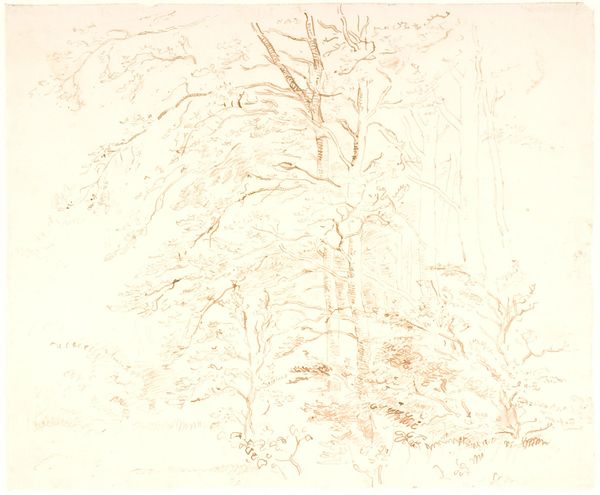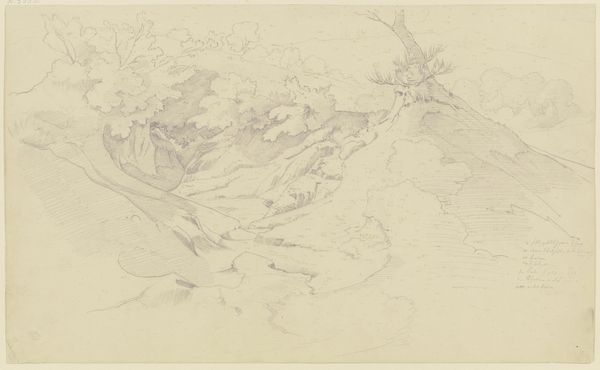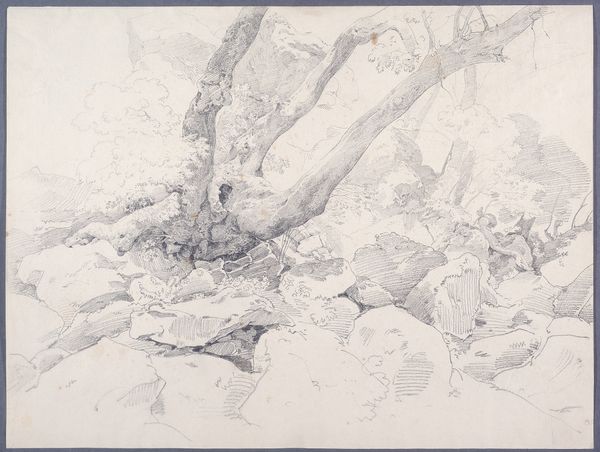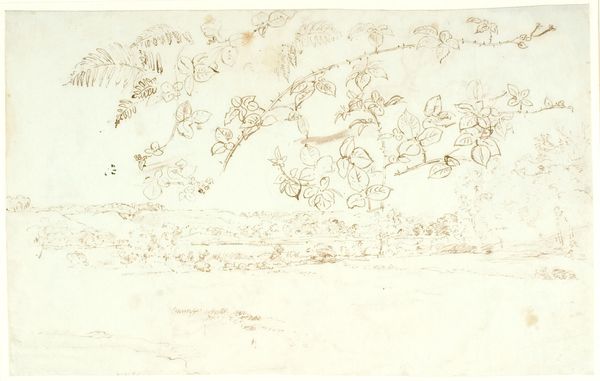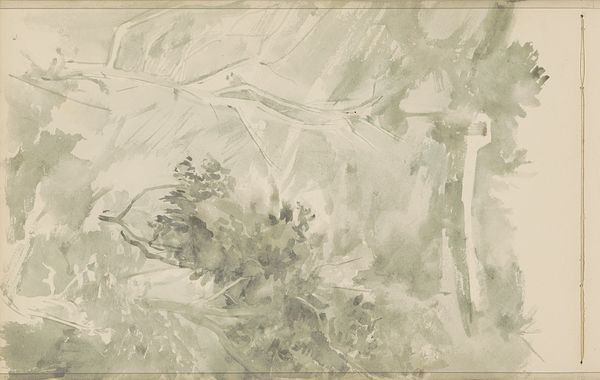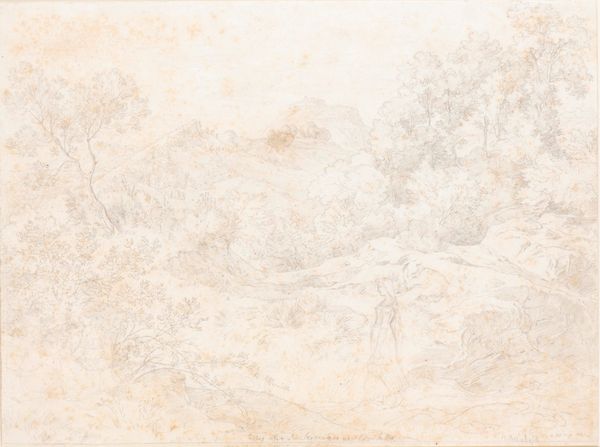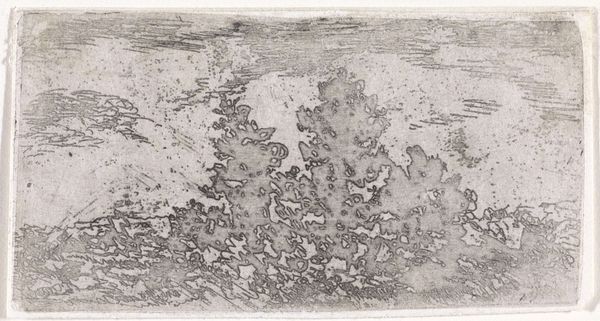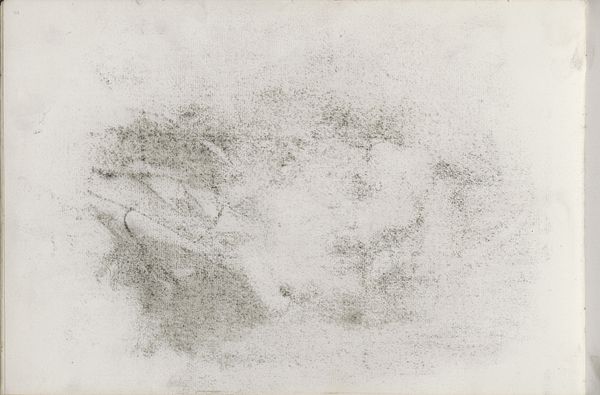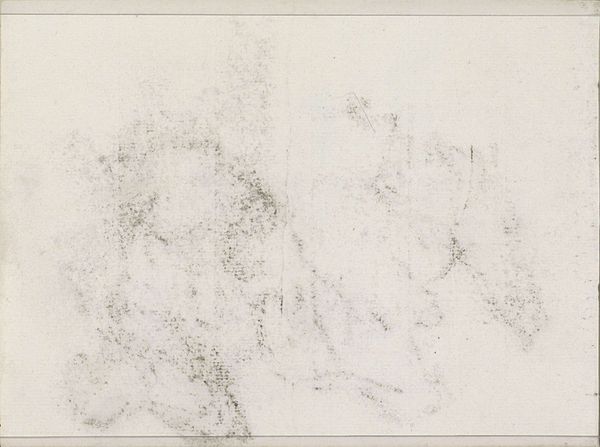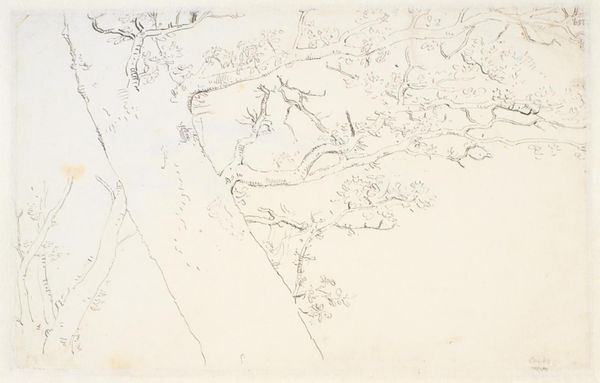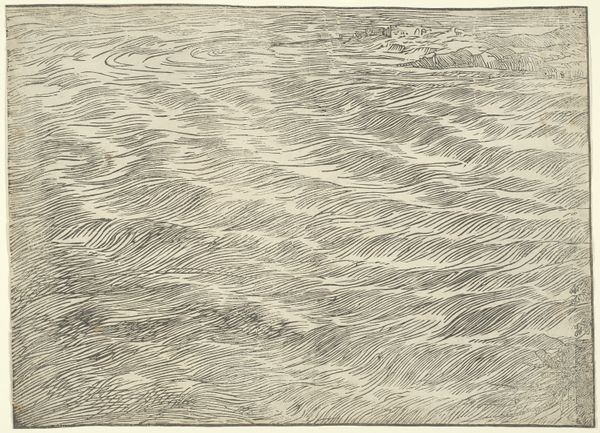
drawing, ink, pencil
#
drawing
#
ink painting
#
landscape
#
ink
#
romanticism
#
pencil
#
watercolor
#
realism
Dimensions: 191 mm (height) x 337 mm (width) (bladmaal)
Editor: We're looking at Dankvart Dreyer's "Jysk landskab med en vej mellem flade bakker," a landscape drawing from the 1840s rendered in ink and pencil. It's predominantly sepia tones, and honestly, it strikes me as incredibly lonely. What do you see in this piece? Curator: It's more than just lonely, isn't it? Think about the Denmark of the 1840s. The rural landscape was rapidly changing due to agricultural reforms. Dreyer's focus on this specific Jutland landscape, with its vast emptiness and subtle details, positions it as a commentary on these shifts. Are we romanticizing the pre-industrial, or critiquing the encroachment of new systems? Where is the labor here? The people? Editor: So, you're suggesting it's not just a scenic view, but a statement about the socio-economic context of the time? I hadn't considered that. Curator: Exactly. Consider who *owns* the land being represented. Also, notice the road cutting through the landscape. Roads are never neutral. They’re arteries of power, facilitating trade, resource extraction, and military control. Who benefits from that road? What is extracted and taken elsewhere? Does Dreyer celebrate that progress, or mourn something lost? Editor: That completely reframes my understanding of the drawing. I initially just saw a pretty landscape, but now I'm seeing layers of social and political meaning. Curator: Good! We need to keep interrogating art this way, questioning whose narratives are visible and whose are obscured. How does art uphold power structures, or actively dismantle them? Editor: It’s incredible how much a seemingly simple drawing can reveal about a specific time and place, and how we can analyze its relation to societal structures and inequalities. Curator: Precisely. And those structures remain. The work helps us explore not just where we’ve been, but the continued legacies of those inequalities in the present.
Comments
No comments
Be the first to comment and join the conversation on the ultimate creative platform.
